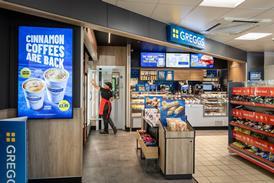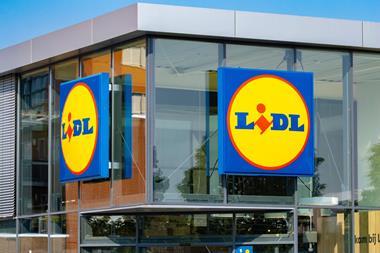PROMOTIONAL RESEARCH
Simplifying sign-ins, prioritising privacy and delivering consistency can all help build consumer trust and have a knock-on positive impact on a retailer’s bottom line
According to a brand new ebook from Okta, Transforming retail experiences in the digital age, retailers can increase conversions, engagement and loyalty by reducing friction, particularly when it comes to ecommerce.
Establishing trust with consumers has become increasingly difficult, especially given high-profile ecommerce security breaches and fraud risks being a concern for many.
Therefore, retailers must attempt to strike a balance between providing a seamless and straightforward customer journey while allowing a degree of friction to reassure shoppers that security controls are in place.
Where practical, reducing friction across every consumer interaction can help boost conversion rates resulting in rising revenues.
But how can retailers go about making seamless experiences for shoppers? Here, Okta provides four key areas to focus on:
1. Simplify sign-ins
First impressions matter and making a good one is of the utmost importance.
When it comes to ecommerce, all online touchpoints, from websites to social media, provide retailers with the opportunity to create a smooth and efficient journey for shoppers that they will remember for all the right reasons.
A retailer’s sign-in or sign-up process, however, can unfortunately be the first in a series of stumbling blocks when attempting to convert browsers to buyers.
An unintuitive and clumsy platform can lead to cart abandonment and will put shoppers off coming back.
“Ensure the sign-in process is as simple as possible by avoiding password fatigue and offering social logins”
More than half (58%) of shoppers have abandoned their baskets due to issues with signing into their accounts, according to a survey conducted by the FIDO Alliance.
Ensure the sign-in process is as simple as possible by avoiding password fatigue and offering social logins, allowing customers to sign-in to a single service that gives them access to a range of accounts.
Single logins are a win-win for both retailer and consumer, giving shoppers a fast and efficient journey while also providing retailers with much-coveted first-party data.
2. Passwordless authentication
For users who don’t want the hassle of typing in details or remembering passwords, passwordless authentication makes the sign-in process speedy and friction-free.
Technology that uses biometrics such as face ID and fingerprints is now commonplace, and consumers are trusting these credentials.
As well as increasing account security, biometric identification reduces friction significantly and allows shoppers to progress seamlessly in their purchase journey.
3. Deliver consistency
Consistency creates familiarity and familiarity reduces friction.
To deliver consistency retailers must aim to have a single view of the customer. This means having a consolidated vision of a customer’s identity, preferences, and interaction and transaction history across all channels.
With this data, retailers can segment, tailor and personalise all channels of communication to suit the shopper, offering not only a unique but efficient and seamless experience, and creating an elevated customer relationship.
“To build long-term loyalty, retailers should be transparent about the data they need and how it will be used”
Having this trusted data enables an elevated customer experience, so collect this data slowly and with full consent.
Collecting data without consent, or using outdated information, can cause this entire process to crumble so managing this is key.
Increased regulation around privacy has led consumers to be more guarded about giving away information, so to build long-term loyalty, retailers should be transparent about the data they need and how it will be used.
Convenience is king for consumers and if providing basic data can bolster a private, secure and convenient experience then customers are more likely to part with information.
4. Prioritise personalisation
With data comes knowledge and with knowledge comes power – the power to be able to personalise.
With a unified view of your customer, you can provide an unparalleled user experience, offering a consistent, seamless and personalised service.
Every online interaction provides retailers with more information about their customers, from buying habits to preferred products. Use this to both your and your shoppers’ advantage.
Recommended products, personalised homepages, suggestions on checkout and communications about preferred items can all help ease friction and boost your sales in both the short and long term.
Download Transforming retail experiences in the digital age today to find out five reasons why customer identity and access management (CIAM) should be top of mind for every online retailer.































No comments yet